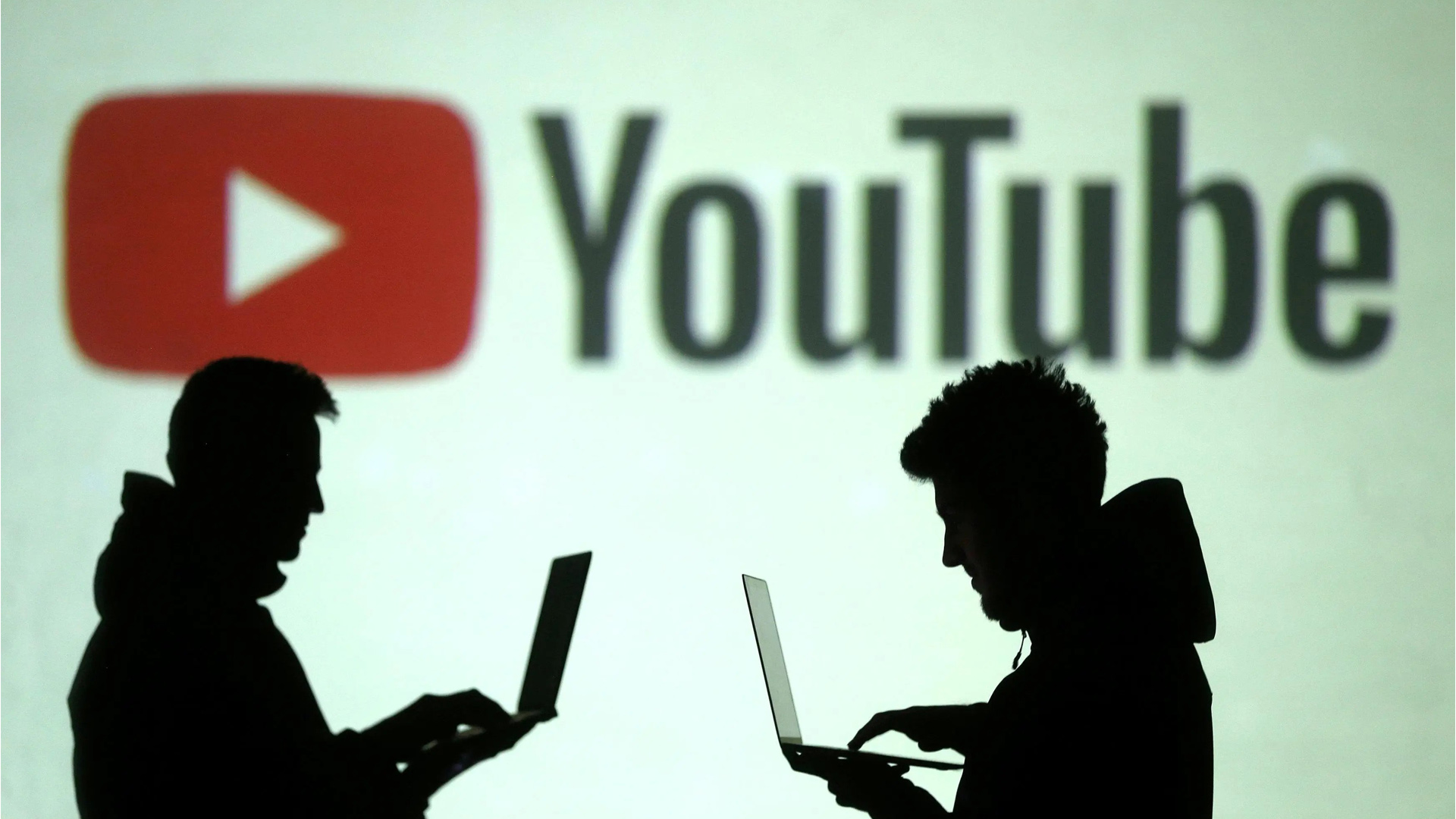The best YouTube alternatives in 2023

YouTube is the most popular online video platform, but it has some problems and competitors. In this article, we will compare some of the best YouTube alternatives in 2023.
Why do people use YouTube alternatives?
People use YouTube alternatives for various reasons, such as:
- They want to watch videos that are not available on YouTube due to censorship, geo-restrictions, or other factors.
- They want to support content creators who are not satisfied with YouTube’s policies, monetization, or algorithms.
- They want to enjoy a different user experience, such as fewer ads, better video quality, more customization, or more niche content.
- They want to explore new platforms that offer innovative features, such as decentralized, peer-to-peer, or blockchain-based video hosting.
- They want to protect their privacy and data from YouTube’s tracking and collection.
Here are some of the best YouTube alternatives in 2023:
Vimeo
Vimeo is a high-quality video platform for art, film, music, and education. It has many features and tools for creators, such as editing, streaming, collaboration, and distribution. Vimeo also lets creators set their prices and keep most of the revenue. However, Vimeo has a smaller and less diverse audience, lower discoverability and engagement, and higher costs than YouTube.
IGTV
IGTV is a video platform by Instagram for vertical videos up to 60 minutes long. It is integrated with Instagram's app, which gives it a large and active user base. IGTV is ideal for reaching a younger and more social audience and using Instagram's influencers, stories, reels, and live features. It also has monetization opportunities through ads and badges. However, IGTV has lower video quality, limited editing options, shorter attention spans, and higher competition from other Instagram content formats.
TikTok
TikTok is a short-form video platform for viral videos with music, filters, stickers, and effects. It has over 1 billion users and 2.6 billion downloads worldwide. TikTok is perfect for showcasing creativity, humor, talent, or trends in a fun and engaging way. It also has a powerful algorithm that helps users discover new content and creators. TikTok also provides monetization options through ads, live gifts, brand partnerships, and creator funds. However, TikTok also faces legal issues, censorship, content moderation, and security concerns.
Dailymotion
Dailymotion is a similar video platform to YouTube in terms of content, features, and layout. It has over 300 million users and 3.5 billion views per month. Dailymotion offers a variety of content, such as news, sports, entertainment, music, and gaming. It also has a monetization program for creators, which pays them based on views, ad impressions, and subscriptions. However, Dailymotion has lower video quality, less traffic and exposure, more ads and pop-ups, and stricter content policies than YouTube.
Twitch
Twitch is the leading live-streaming platform for gamers and esports enthusiasts. It has over 140 million users and 9.36 million streamers. Twitch allows users to watch or broadcast live gameplay, chat with others, and participate in events and tournaments. It also has a vibrant community and culture that fosters loyalty, interaction, and support. Twitch also offers multiple ways for streamers to earn money, such as subscriptions, bits, ads, donations, and sponsorships. However, Twitch has high technical requirements, intense competition, irregular income, and potential burnout for streamers.
Wistia
Wistia is a professional video platform for businesses and marketers. It has over 500000 customers and hosts over 1.2 million videos. Wistia helps users create and share high-quality videos that drive engagement, conversion, and growth for their brands. Wistia offers features and tools for video hosting, embedding, customization, analytics, SEO, and marketing integrations. It also has a pay-as-you-go pricing model that gives users more control and flexibility. However, Wistia has a niche and specific audience, less social and viral potential, and higher prices than other video platforms.
Behance
Behance is a creative video platform that showcases the work of artists, designers, photographers, and filmmakers. Behance has over 25 million members and 10 million projects. It is a great platform for displaying portfolios, networking with professionals, and finding opportunities and clients. Behance also has a curated and moderated system that ensures quality and originality. It also integrates with Adobe products, which makes it easier to create and edit videos. However, Behance has no monetization options, limited interaction and feedback, and higher competition from other platforms.
DTube
DTube is a decentralized video platform that runs on blockchain technology. It allows users to upload and watch videos without ads, intermediaries, or restrictions. DTube also rewards users with cryptocurrency tokens for creating, viewing, or commenting on videos. It also has a peer-to-peer network that ensures security, privacy, and availability. However, DTube has low video quality, slow loading times, technical complexity, and legal uncertainty.
LBRY
LBRY is another decentralized video platform that uses blockchain technology. It allows users to publish and access videos without intermediaries, fees, or censorship. LBRY also pays users with cryptocurrency tokens for creating or consuming content. It also has an open-source and community-driven model that encourages innovation and collaboration. However, LBRY has low user adoption, limited content diversity, legal issues, and regulatory
PeerTube
PeerTube is a federated video platform that operates on a network of independent servers. PeerTube allows users to host and watch videos without ads, trackers, or censorship. It also uses peer-to-peer technology to distribute the bandwidth load among the users. PeerTube also supports features, such as live streaming, subtitles, playlists, and themes. It also has a democratic and transparent governance system that lets users decide the rules and policies of their servers. However, PeerTube has low video quality, limited discoverability and exposure, inconsistent moderation standards, and dependency on donations.
In conclusion, many YouTube alternatives in 2023 offer different advantages and disadvantages for users and creators. However, none of them can match YouTube's scale, diversity, and popularity. Therefore, users and creators should carefully consider their needs, goals, and preferences before choosing the best YouTube alternative for them.
















Send Us A Message